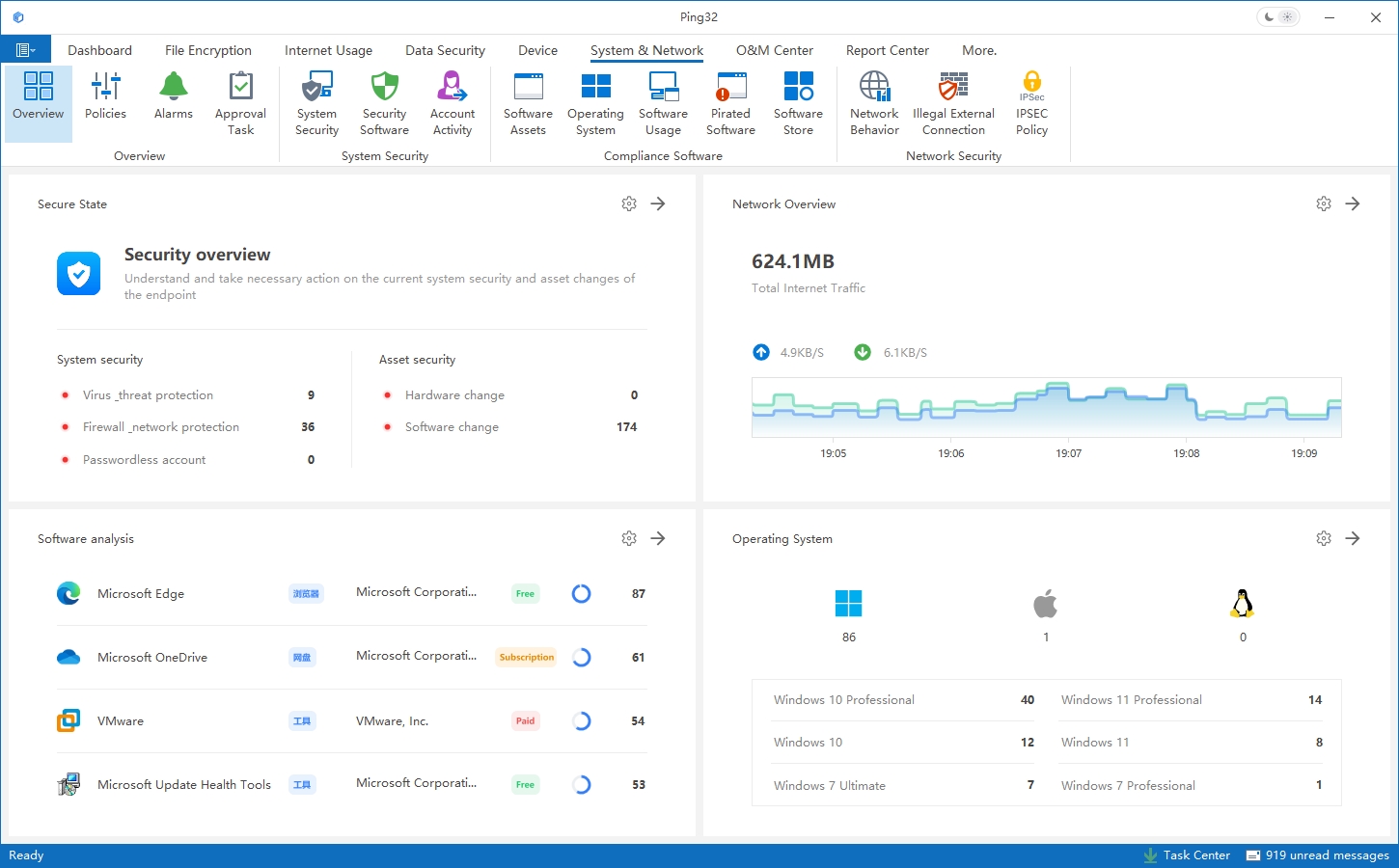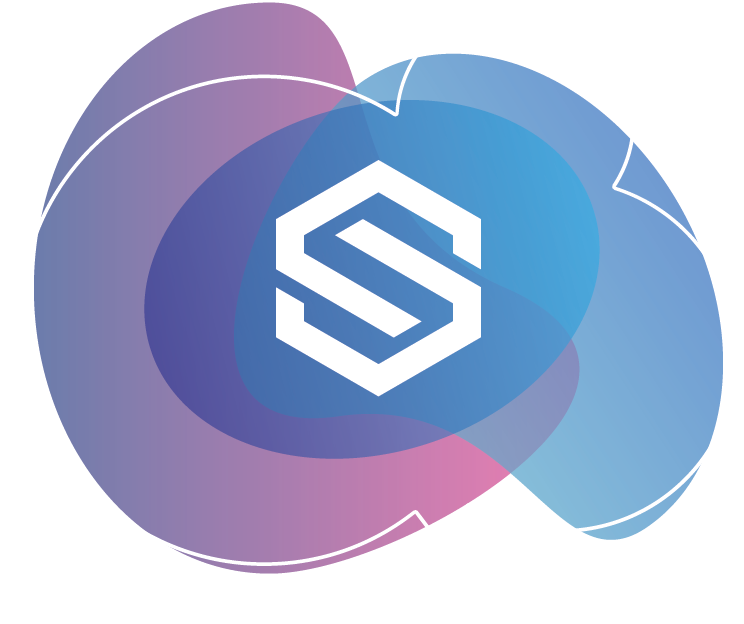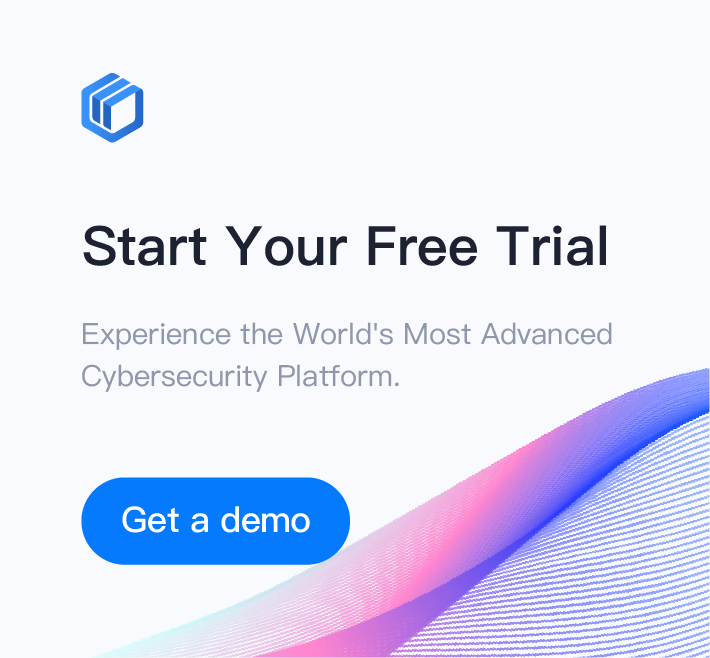Unified Endpoint Management: A Critical Pillar of Information Security in the Healthcare Industry
 5 min
5 min  back
backAs digital healthcare rapidly evolves, the medical industry is entering an era of high-level informatization. From electronic medical records (EMR) and picture archiving and communication systems (PACS) to the widespread use of smart medical devices, daily operations in healthcare institutions rely increasingly on data and endpoint devices. However, challenges such as information silos, diverse device types, and uncontrollable user behaviors make healthcare organizations a high-risk target for cyberattacks and data breaches. In this context, implementing a Unified Endpoint Management (UEM) system has become a key strategy for ensuring both information security and operational efficiency.
Endpoint Risks in Healthcare Environments
In medical institutions, endpoint devices include desktop computers, laptops, tablets, dedicated medical terminals, mobile devices, and even networked medical equipment. These devices are distributed across registration counters, consultation rooms, wards, laboratories, and administrative offices. Users range from doctors, nurses, and administrative staff to external contractors, making management highly complex.
Common cybersecurity risks include:
-
Unauthorized device access to internal networks: For example, personal laptops or USB drives may carry malware.
-
Untraceable user actions: It’s difficult to track who accessed, copied, or leaked sensitive data.
-
Unpatched operating systems and software: These are vulnerable to security exploits.
-
Device loss or theft: Unencrypted data may be exposed, leading to serious compliance risks.
Introducing Ping32: Unified Endpoint Security Tailored for Healthcare
Ping32 is an all-in-one endpoint security and management solution designed to meet the unique operational and compliance challenges faced by modern healthcare institutions. By integrating device control, data loss prevention, behavior auditing, and centralized management, Ping32 empowers IT administrators to manage endpoint risks with greater precision and efficiency.

Key Features of Ping32 in Healthcare Environments:
1. Real-Time Asset Visibility and Risk Monitoring
Ping32 continuously collects endpoint data—including hardware specs, software versions, user activity, and network behavior—helping IT teams visualize the entire IT asset landscape and identify potential threats instantly.
2. Strict Device Control and Access Policy Enforcement
Ping32 enables healthcare organizations to define strict policies for device usage, such as disabling USB ports, blocking unauthorized devices, and enforcing workstation lock policies to prevent physical data exposure in clinical environments.
3. Advanced Data Loss Prevention (DLP)
Through content-aware inspection and context-based controls, Ping32 can detect and prevent the leakage of sensitive medical data—including patient information, reports, and internal documents—via printing, copy-paste, email, cloud uploads, and removable media.
4. User Behavior Auditing and Incident Response
Ping32 logs and analyzes all critical operations (e.g., file access, data transfers, system configuration changes), enabling IT teams to trace suspicious activities, generate reports for compliance audits, and trigger automated responses such as disconnecting a device from the network.
5. Support for Remote Work and BYOD Scenarios
With its lightweight agent and centralized control console, Ping32 also supports remote endpoint protection. Whether staff are working from home or accessing systems via BYOD devices, organizations can enforce consistent security policies.
6. Compliance Support
Ping32 helps healthcare providers align with local and international data protection regulations such as HIPAA, GDPR, and PDPA by offering comprehensive audit trails, policy enforcement tools, and data protection mechanisms.
Supporting Compliance and Certifications
Healthcare institutions must comply with regulations such as the Personal Data Protection Act, Medical Care Act, and standards like ISO 27001 and HITRUST. Ping32 not only strengthens endpoint defenses but also provides in-depth logging and reporting to support internal reviews and third-party audits—streamlining the path toward regulatory compliance.
As the healthcare industry advances toward intelligent and cloud-based operations, the risk of information security incidents is also rising. Deploying a professional Unified Endpoint Management system such as Ping32 helps medical institutions cope with increasingly complex endpoint environments, enhance their cybersecurity posture, and safeguard patient privacy and medical service quality. It is not just an IT task—it is a critical foundation for sustainable operations and building trust in the entire healthcare system.






 Contact
Contact













































